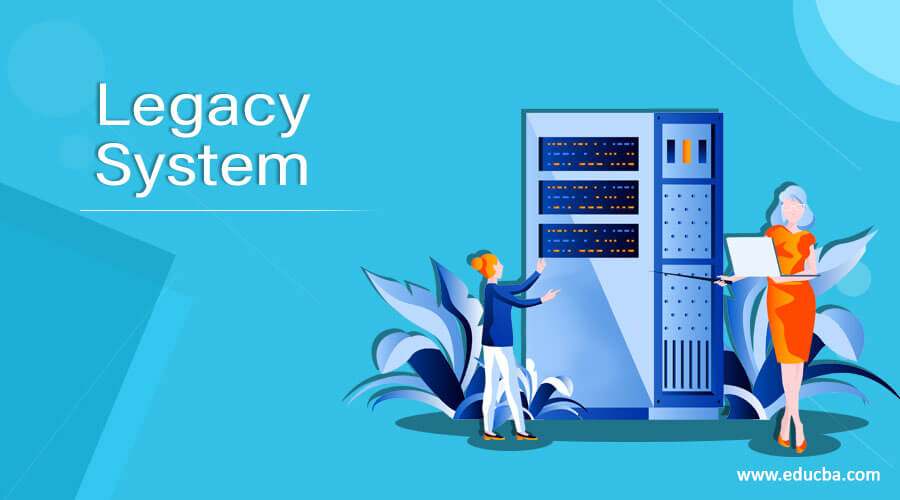Updated July 3, 2023
Introduction to Legacy System
In the context of a legacy software system, it is an older computer system or application program that remains in use even though newer technologies are available. The community continues to utilize these legacy software systems because they derive valuable functionality from them. These systems may have been developed using early versions of programming languages like FORTRAN.
Quality of the Legacy System
Hundreds of programmers have maintained and developed legacy software over the years. These factors lead to highly unbelievable costs in maintaining the legacy software, yet, these systems support core business functions and are essential to the business. Thus, there is a need to make these programs more maintainable without hampering their current usage and safeguard the information they contain. The solution is to discard the software completely and start again with a new system.
But this may lead to inevitable loss such as:
- The software may actually work well, and its behavior may be well understood. A new replacement system may perform much worse, at least in the early days of replacement. Hence, it may be worth recovering some of the good features of the legacy system.
- The software contains years of accumulated information not represented elsewhere, so discarding the software will also discard this knowledge.
- A typical large legacy software system has many users. It may not be good enough to demand that users undertake a substantial rewrite for no distinct benefit. Therefore, it may be important to maintain the interfaces and exact functionality of the legacy code.
Users may prefer an evolutionary rather than a revolutionary approach to modernizing their software because generating new software will most often introduce new bugs, which would degrade the users’ trust in the software results.
Thus the only way to avoid the above losses is to enhance the legacy software from time to time to meet the requirements of the new computing environment. It implements the requirements of new business. It becomes interoperable with more modern systems and databases. It works within a network environment.
Why the Legacy System is Used?
The reasons are varied as to why a company would continue to use legacy systems.
Some of them are as follows:
- Investment: Although maintaining it is expensive, upgrading to the new technology systems requires more investment.
- Fear: Adding a sudden change is hard, and moving to new technologies or systems can inspire some critical resistance.
- Difficulty: Planning the migration of data from the legacy system and defining the scope of the requirement for the new system is overwhelming.
Problems with Legacy System
- Maintenance is costly: The cost of maintaining a legacy system is expensive. Maintenance keeps the works of legacy systems soft, but at the same time organization is throwing good money after bad.
- Data is stuck in silos: Many software solutions developed for legacy systems are based on frameworks that lack the capability to integrate with new or other systems. In other words, we can say that each legacy System is its own data silos.
- Compliance is much harder: Compliance regulation requires companies to know what user data they have, where it is, and who is accessing it. An organization with good user data needs to maintain well-governed d records, which are harder to automate.
- Security gets weaker day by day: It does not only leave an organization behind with old technology, but it can also damage the reputation of an organization by putting data at risk of a breach. At some point, the vendor does not support the legacy system or provide a much-needed update, opening legacy systems up to a security risk. With advanced technologies, the risk for the legal system increases.
Recommended Articles
This is a guide to Legacy System. Here we discuss the introduction, quality, use, and problems with legacy systems. You may also have a look at the following articles to learn more –



